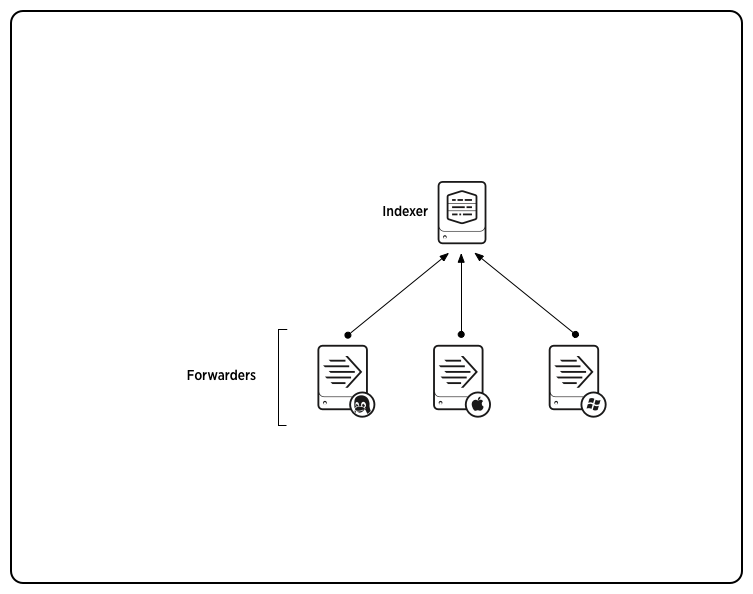
NGINX writes information about encountered issues of different severity levels to the error log. To see the NGINX access.log events on Splunk Server, search by source type artica:nginx:access NGINX writes information about client requests in the access log right after the request is processed. It possible filter the results by fields, for example you can filter the results by a specific category name, in this example we want to show all the records that contains the category name "Google", so we search by artica:squid:access category_name=Google To see the Squid access.log events on Splunk Server, search by source type artica:squid:access Squid saves key information about HTTP and ICP transactions in access.log. You can also find it on the server at $SPLUNK_HOME/etc/apps/. Verify that the add-on appears in the list of apps and add-ons.If Splunk Enterprise prompts you to restart, do so.Locate the downloaded file and click Upload.From the Splunk Web home screen, click the gear icon next to Apps.If the service status is green the Universal Forwarders is ready to send data to the Splunk Server
#SPLUNK UNIVERSAL FORWARDER ICON PASSWORD#
If you use authentication on Splunk Server, enter the Username and Password.Enter the Splunk server address and the Receive data port of Splunk Server.To setup the Splunk Universal Forwarders go to:
#SPLUNK UNIVERSAL FORWARDER ICON INSTALL#
To install the Splunk Universal Forwarders go to:


You can also manipulate your data before it reaches the indexes or manually add the data.
The universal forwarder also ensures the that your data is correctly formatted before sending it to Splunk. Universal forwarder streaming lets you monitor data in real time. This receiver is usually a Splunk index where you store your Splunk data. Universal forwarders stream data from your machine to a data receiver.


 0 kommentar(er)
0 kommentar(er)
